-
 bitcoin
bitcoin $110918.433029 USD
-1.69% -
 ethereum
ethereum $3996.872473 USD
-2.43% -
 tether
tether $1.000594 USD
0.00% -
 bnb
bnb $1178.871834 USD
-2.38% -
 xrp
xrp $2.413973 USD
-3.47% -
 solana
solana $194.341461 USD
-4.24% -
 usd-coin
usd-coin $0.999963 USD
-0.03% -
 tron
tron $0.320092 USD
0.92% -
 dogecoin
dogecoin $0.196919 USD
-3.42% -
 cardano
cardano $0.669585 USD
-3.63% -
 hyperliquid
hyperliquid $37.485952 USD
-3.58% -
 ethena-usde
ethena-usde $1.000026 USD
-0.02% -
 chainlink
chainlink $18.018220 USD
-5.13% -
 bitcoin-cash
bitcoin-cash $523.879267 USD
-2.41% -
 stellar
stellar $0.324655 USD
-3.67%
How do I view my Trezor device storage information?
Trezor devices securely store cryptocurrency keys in a protected chip, not for file storage, with data accessible via Trezor Suite for wallet management and transaction signing.
Oct 13, 2025 at 09:18 am
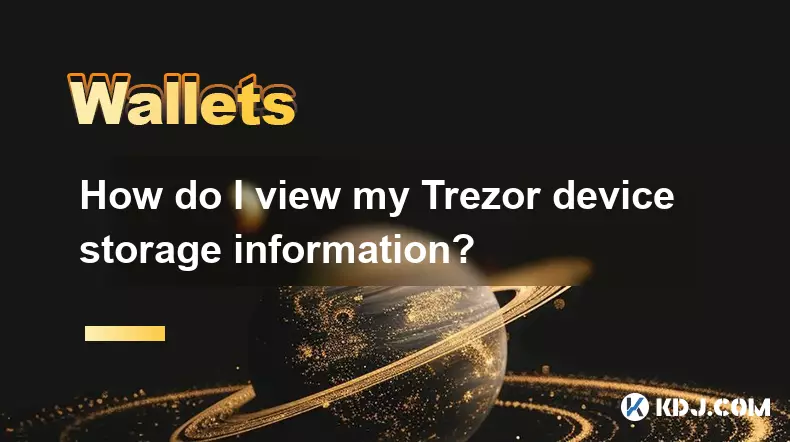
Understanding Trezor Device Capabilities
1. Trezor devices are hardware wallets designed primarily for securing cryptocurrency private keys, not for general file storage like traditional USB drives.
- These devices do not have user-accessible storage in the conventional sense; they store cryptographic keys and wallet configurations within a secure element.
- The firmware handles all data related to wallet access, including PINs, passphrases (if used), and account metadata, but this information is encrypted and isolated.
- Users cannot browse or manage files on a Trezor as they would on a typical storage device because it operates as a dedicated security module.
- Any interaction with stored data occurs through compatible wallet interfaces such as Trezor Suite, which communicates securely with the device via signed transactions.
Accessing Wallet Data Through Trezor Suite
1. To view information tied to your Trezor, connect the device to your computer using the provided USB cable and navigate to https://suite.trezor.io.
- Once connected, Trezor Suite displays wallet balances, transaction history, and supported cryptocurrencies based on the accounts you’ve added.
- The interface retrieves blockchain data from online servers, not directly from the device’s internal memory, meaning what you see reflects network records linked to your public addresses.
- You can review account labels, derivation paths, and recovery seed status directly within the app, giving insight into how your keys are organized.
- While the device itself doesn’t expose raw storage details, Trezor Suite offers transparency about active accounts and their associated data without compromising security.
Checking Firmware and Device Status
1. Within Trezor Suite, go to the 'Settings' section to find real-time device information such as model type, firmware version, and serial number.
- This area also shows whether your device is passphrase-protected, if a backup was created, and if safety checks like auto-lock timers are enabled.
- Firmware updates are delivered through this interface, ensuring that the underlying software managing key storage remains current and secure.
- A health check feature verifies that no unauthorized changes have been made to the device's configuration since setup.
- Although these features don’t reveal storage capacity or file listings, they confirm the integrity of the environment where your cryptographic assets are managed.
Frequently Asked Questions
Can I see how much memory my Trezor uses?No. Trezor does not provide metrics on memory usage. It stores only essential cryptographic data, optimized to fit within its secure chip. Users do not need to monitor memory consumption as it is handled automatically by the firmware.
Is there a way to export data stored on my Trezor?The private keys themselves cannot be exported due to security design. However, you can back up your wallet using the 12- or 24-word recovery seed during initial setup. This seed allows restoration on any compatible device but should never be digitized or shared.
Does connecting my Trezor to third-party wallets affect its internal data?Connecting to external platforms like MetaMask or Electrum does not alter the data stored on the Trezor. These integrations use the device for signing operations only, keeping private keys isolated while enabling broader functionality across decentralized applications.
Disclaimer:info@kdj.com
The information provided is not trading advice. kdj.com does not assume any responsibility for any investments made based on the information provided in this article. Cryptocurrencies are highly volatile and it is highly recommended that you invest with caution after thorough research!
If you believe that the content used on this website infringes your copyright, please contact us immediately (info@kdj.com) and we will delete it promptly.
- Navigating the Crypto Storm: Recession-Proof Altcoins to Watch in '25
- 2025-10-17 00:45:16
- Binance, Bitcoin, and Ethereum: Navigating Crypto's Choppy Waters
- 2025-10-17 00:25:12
- Eric Trump, Real Estate Token, and Ownership: A New Era of Investment?
- 2025-10-17 01:05:12
- Gold vs. Bitcoin: Market Cap Showdown and What It Means for You
- 2025-10-17 00:25:12
- ZEN Token's LCX Exchange Listing: What You Need to Know
- 2025-10-17 00:30:01
- Trump Family's Crypto Dynasty: Making America (and Their Wallets) Great Again?
- 2025-10-17 01:05:12
Related knowledge
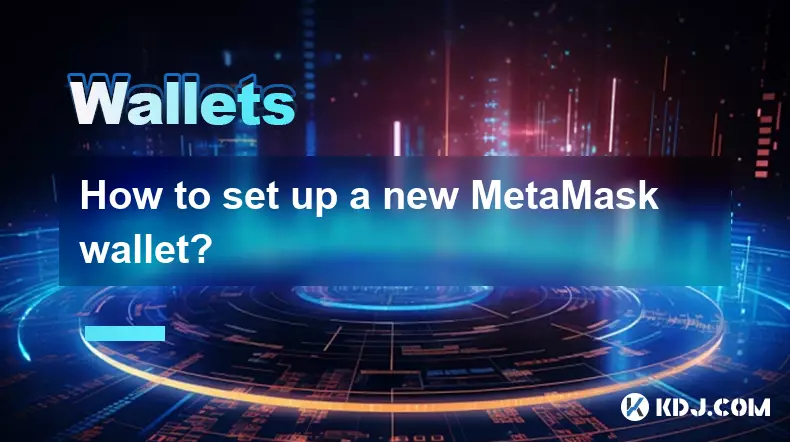
How to set up a new MetaMask wallet?
Oct 16,2025 at 11:37pm
Creating a New MetaMask Wallet1. Navigate to the official MetaMask website or download the MetaMask extension from your browser’s web store. Supported...
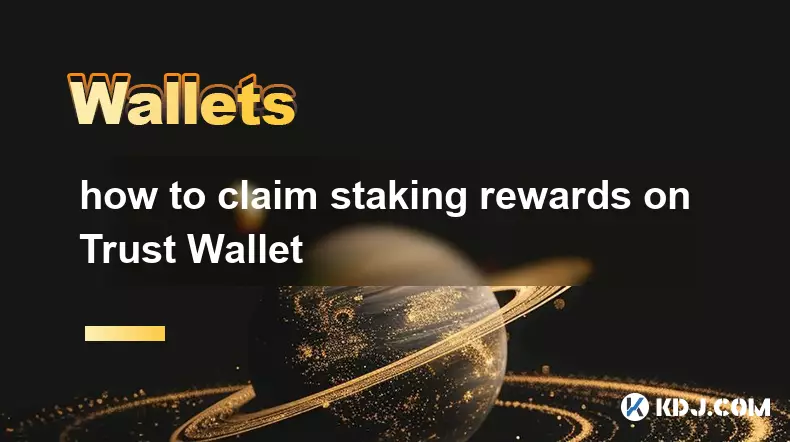
how to claim staking rewards on Trust Wallet
Oct 16,2025 at 02:00pm
Understanding Staking Rewards in Trust Wallet1. Trust Wallet supports staking for various Proof-of-Stake (PoS) blockchains such as Ethereum 2.0, Carda...
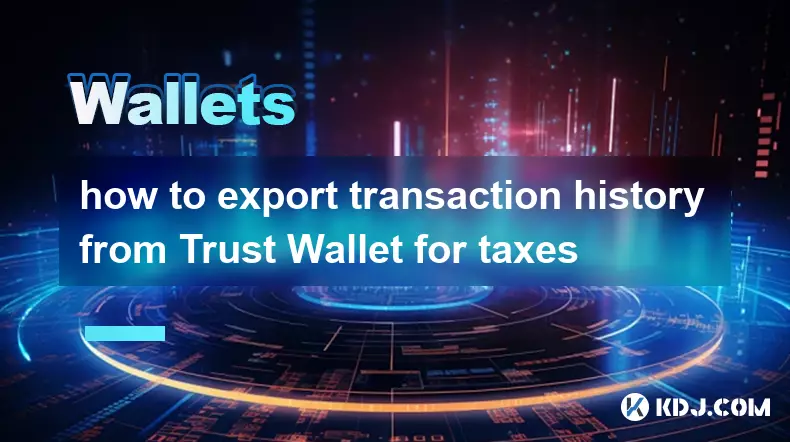
how to export transaction history from Trust Wallet for taxes
Oct 16,2025 at 04:19pm
Understanding Transaction History in Trust Wallet1. Trust Wallet stores all blockchain-based transactions made through its interface, including swaps,...

how to change currency display in Trust Wallet
Oct 16,2025 at 02:19pm
How to Change Currency Display in Trust WalletTrust Wallet is one of the most widely used cryptocurrency wallets, offering users a secure and intuitiv...

how to switch networks in Trust Wallet
Oct 16,2025 at 04:37pm
Understanding Network Switching in Trust Wallet1. Trust Wallet supports multiple blockchain networks, allowing users to manage various cryptocurrencie...
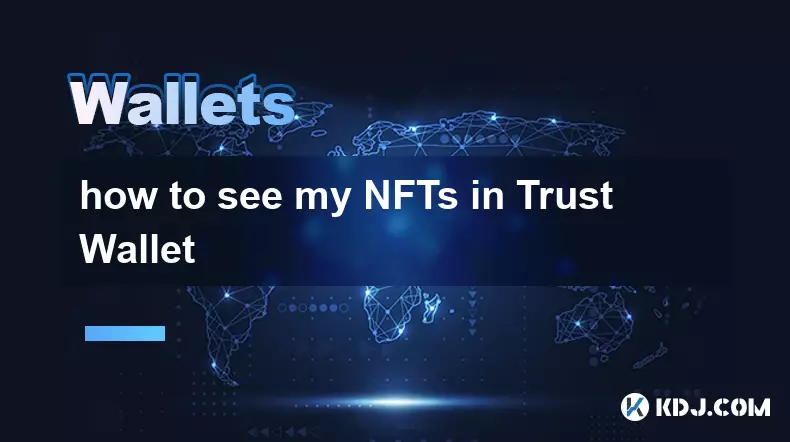
how to see my NFTs in Trust Wallet
Oct 16,2025 at 03:18pm
Accessing Your NFTs in Trust Wallet1. Open the Trust Wallet application on your mobile device and enter your password or use biometric authentication ...

How to set up a new MetaMask wallet?
Oct 16,2025 at 11:37pm
Creating a New MetaMask Wallet1. Navigate to the official MetaMask website or download the MetaMask extension from your browser’s web store. Supported...

how to claim staking rewards on Trust Wallet
Oct 16,2025 at 02:00pm
Understanding Staking Rewards in Trust Wallet1. Trust Wallet supports staking for various Proof-of-Stake (PoS) blockchains such as Ethereum 2.0, Carda...

how to export transaction history from Trust Wallet for taxes
Oct 16,2025 at 04:19pm
Understanding Transaction History in Trust Wallet1. Trust Wallet stores all blockchain-based transactions made through its interface, including swaps,...

how to change currency display in Trust Wallet
Oct 16,2025 at 02:19pm
How to Change Currency Display in Trust WalletTrust Wallet is one of the most widely used cryptocurrency wallets, offering users a secure and intuitiv...

how to switch networks in Trust Wallet
Oct 16,2025 at 04:37pm
Understanding Network Switching in Trust Wallet1. Trust Wallet supports multiple blockchain networks, allowing users to manage various cryptocurrencie...

how to see my NFTs in Trust Wallet
Oct 16,2025 at 03:18pm
Accessing Your NFTs in Trust Wallet1. Open the Trust Wallet application on your mobile device and enter your password or use biometric authentication ...
See all articles










































































